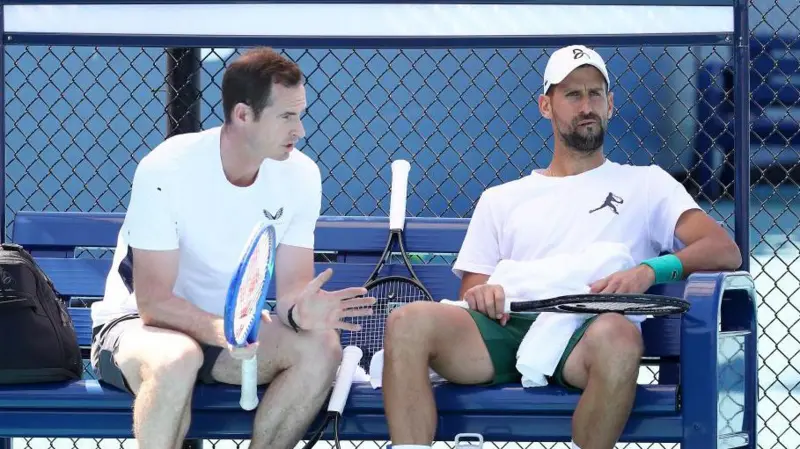UV index: Levels explained and how to protect yourself
Ultraviolet (UV) levels in the UK are expected to be high in Friday's sunshine.

UV radiation is emitted by the Sun and penetrates the Earth's atmosphere.
Some UV radiation is essential for our wellbeing, and the sun's rays provide warmth and light.
But balance is key as UV exposure can also cause dangerous skin damage.
Is UV dangerous?
We need to control our exposure, says Prof Dorothy Bennett, from St George's, University of London.
UV is beneficial because it enables our skin to produce essential vitamin D.
This is important for the function of bones, blood cells and our immune system.
"But UV is also dangerous because every exposure to UV, especially every sunburn, increases our risk of skin cancer," she said.
"Melanoma, the most dangerous skin cancer, is now the fifth commonest cancer in the UK, the ongoing rise being attributed to sunbathing."
UV radiation promotes skin cancer by damaging DNA in skin cells.
It has also been linked to eye problems, including cataracts.
And there is growing evidence that UV light may reduce the body's ability to defend itself against certain diseases.
What is the UV index?
Levels of UV radiation vary throughout the day.
The highest readings occur in the four-hour period around "solar noon", which is when the sun is at its highest spot in the sky - usually from late morning to early afternoon.
The UV Index (or UVI) is a standard, international measure of ultraviolet radiation.
Values start at zero and can rise above 10.
The higher the number, the greater the potential for damage to the skin and eyes - and the less time it takes for harm to occur.
What are the different UV levels?
A table with different levels of UV in a purple, red, orange and green block with advice from the World Health Organization
Countries close to the equator can experience very high UV levels in the middle of the day, throughout the year.
Nairobi in Kenya can have UV levels above 10 all year, according to the World Health Organization (WHO).
Majorca in Spain, will normally hit nine in June and July.
But the Falkland Islands in the South Atlantic never usually gets above five in December and January (when it is summer in the southern hemisphere).
When do you need extra protection?
According to the WHO, extra sun protection is required when UV levels are:
- 11+ (extremely high)
- 8-10 (very high)
- Protection is required when levels are:
- 6-7 (high)
- 3-5 (medium)
- No protection is required when levels are:
- 1-2 (low)
-bbc







